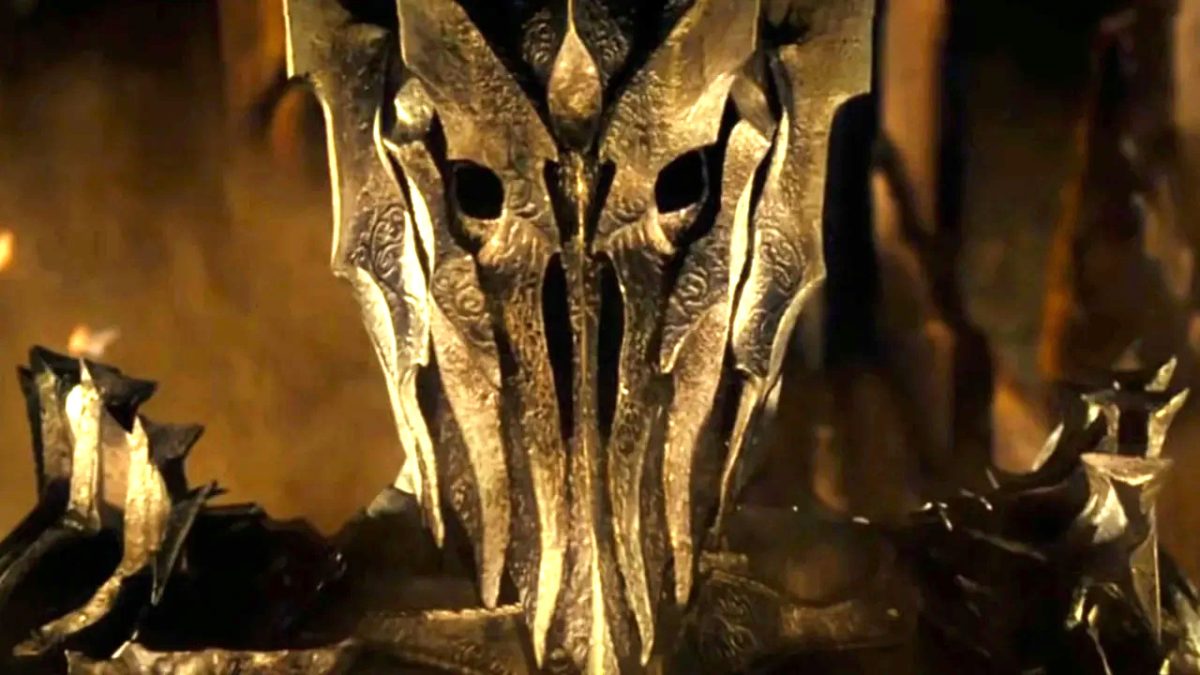The year is 1984, and a muscular cyborg from the future pursues an innocent Sarah Connor across the comparative hellscape of 1980s Los Angeles. Accompanied by time-traveler Kyle Reese, Connor must survive the onslaught of the T-800, a vicious and apparently unkillable robot sent to murder her before she becomes the mother of the future savior John Connor, who will lead the future battle against Skynet.
The Terminator is a film right out of the 1980s, featuring clothing, music, and images that will remain imprinted on the audience’s mind and in culture for years to come. As a quintessential film of the 80s, it is hopelessly dated. Its aesthetic was camp almost before it hit the theatres, and its one-liners (“I’ll be back,” “Come with me if you want to live”) both iconic and, in the end, pretty damn silly. Yet The Terminator lives on because it gave exactly what it promised: a violent thrill ride, complete with time-traveling mumbo-jumbo, a timeline we still argue about even now, and at least indelible icon in the person of Austrian bodybuilder Arnold Schwarzenegger.
According to director James Cameron, the film was born out of a fever dream that involved a metallic torso crawling across the floor while holding kitchen knives. Cameron’s initial concept of two Terminators – one capable of transforming its liquid metal body into various murdering implements – would not be introduced until T2: Judgment Day, when the technology finally caught up with Cameron’s vision. But the idea of a murdering cyborg from the future gained spectacular traction.
The film is a combination of futuristic cybernetics, post-apocalyptic punk, and slasher movie aesthetics: the T-800 occupies the same monstrous space as equally unstoppable killers Freddy Krueger, Jason Voorhees, and Michael Myers. If we imagine a combination of Blade Runner and Halloween, we have something pretty close to the original Terminator.
But why did The Terminator work? Was it simply one of those idyllic combinations of a good script, good directing, good action, and a cast that clicked into place? Linda Hamilton’s youthful and naïve Sarah Connor is the ultimate “final girl” (eventually turned psycho-Mom), thrust into a world she does not understand but with which she also manages to cope. Kyle Reese (Michael Biehn), the oft-forgotten hero of the first film, is not your average over-muscled action hero, but a quiet, skilled, and serious young man trying desperately to save the mother of his best friend. Then there was Arnold Schwarzenegger, already a household name in bodybuilding and well-known from his parts in Conan the Barbarian and Conan the Destroyer, but not yet a Hollywood superstar. The Terminator would become his most iconic role, however, melding his limited acting ability with his undoubted badass credentials to create a robotic monster perfectly suited to the film.
The original Terminator was a new idea involving action movie pacing and some heady time-travel that nonetheless fit perfectly into the pantheon of early 80s blockbusters. The Terminator was and is so good because it does not try to exceed itself; like the T-800, it is comfortable in its own skin, pulling no punches on the violence, blood, and darkness, but neither indulging in the same for the sake of it. It is precisely what it advertises itself to be, and that is something pretty spectacular.






